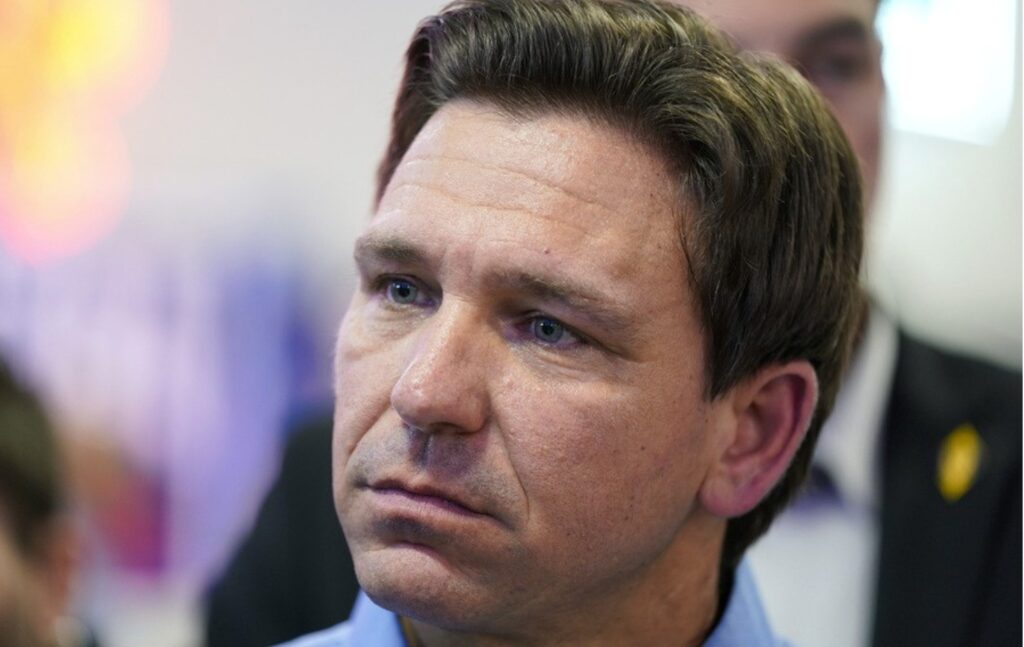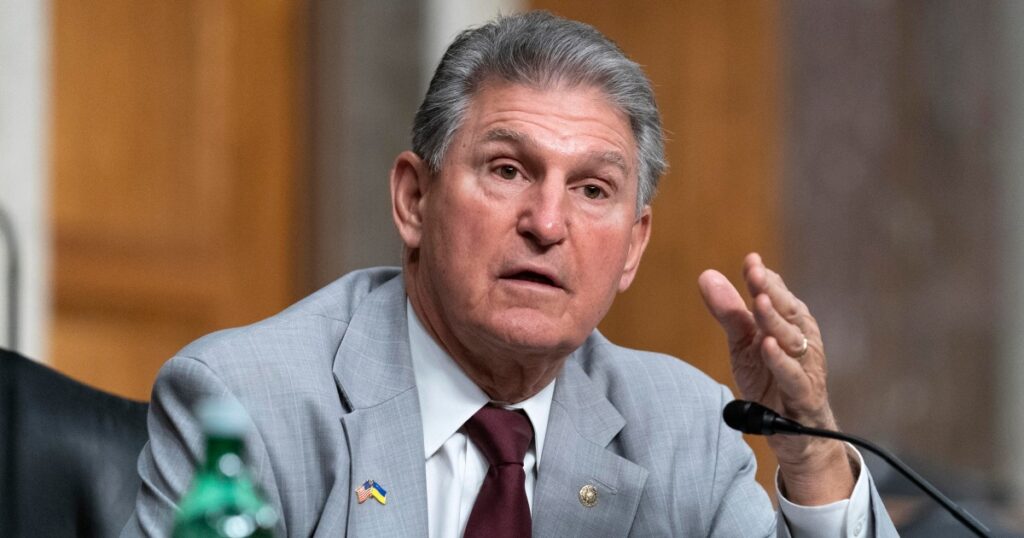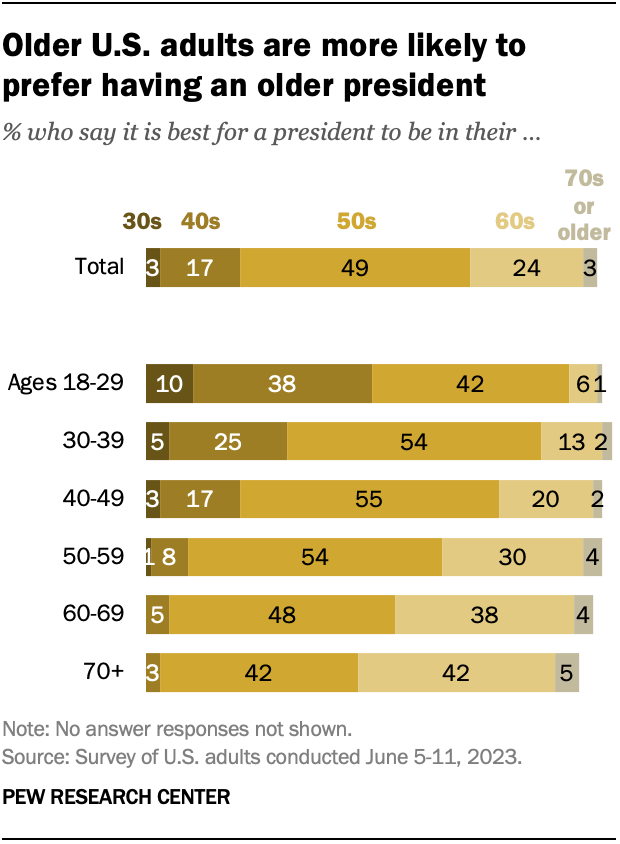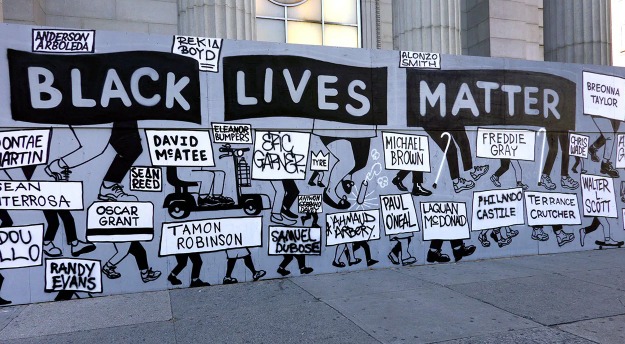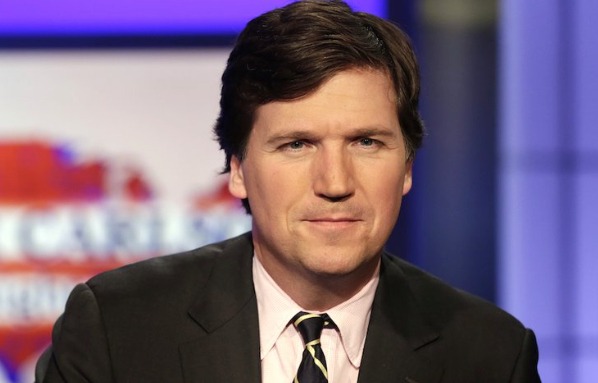What is the Debt Ceiling Crisis?
The debt ceiling crisis refers to a situation where the United States government reaches its statutory limit on the amount of debt it can issue to finance its operations. This limit is set by Congress and serves as a cap on the total amount of outstanding debt the government can have. When the debt ceiling is reached, the government is unable to borrow more money to meet its financial obligations, such as paying its bills and servicing its existing debt. This can lead to a potential default on its debt, which would have severe consequences for the economy and financial markets.
Key Factors and Implications of the Debt Ceiling Crisis
Several key factors contribute to the debt ceiling crisis and have significant implications for the economy. First, the government’s spending commitments, including entitlement programs and interest payments on existing debt, often exceed its revenue. This creates a need for borrowing to cover the shortfall, leading to an increase in the national debt. Second, political disagreements and partisan gridlock can delay or hinder the passage of legislation to raise the debt ceiling, exacerbating the crisis. Third, a failure to raise the debt ceiling can result in a downgrade of the government’s credit rating, leading to higher borrowing costs and reduced investor confidence.
The implications of the debt ceiling crisis are far-reaching. A failure to raise the debt ceiling could result in a default on government obligations, such as Social Security payments, military salaries, and interest payments on Treasury bonds. This would have severe consequences for individuals, businesses, and financial markets, potentially triggering a recession or even a global financial crisis. Additionally, the uncertainty surrounding the debt ceiling can lead to increased market volatility, as investors become wary of the government’s ability to meet its financial obligations. This can result in higher borrowing costs for businesses and consumers, making it more expensive to obtain credit and slowing economic growth.
In conclusion, the debt ceiling crisis is a critical issue that affects the financial stability of the United States and has significant implications for the global economy. Understanding the factors contributing to the crisis and its potential consequences is essential for policymakers, investors, and the general public. By addressing the underlying causes and finding bipartisan solutions, the government can mitigate the risks associated with the debt ceiling and ensure the continued functioning of the economy.

